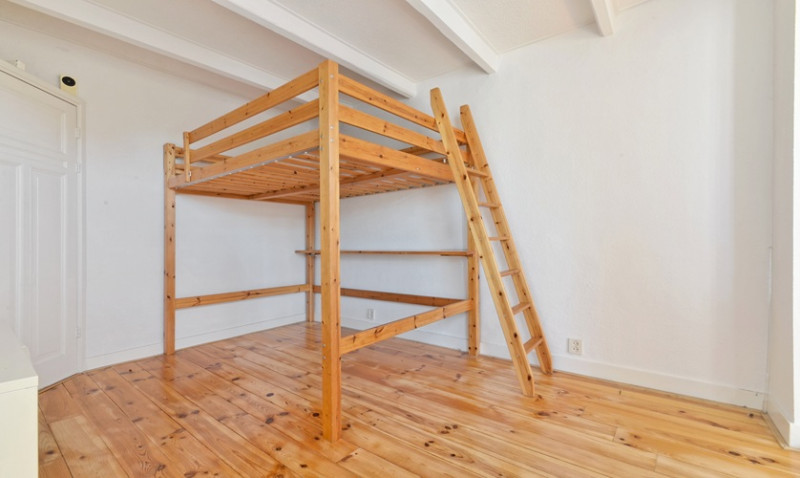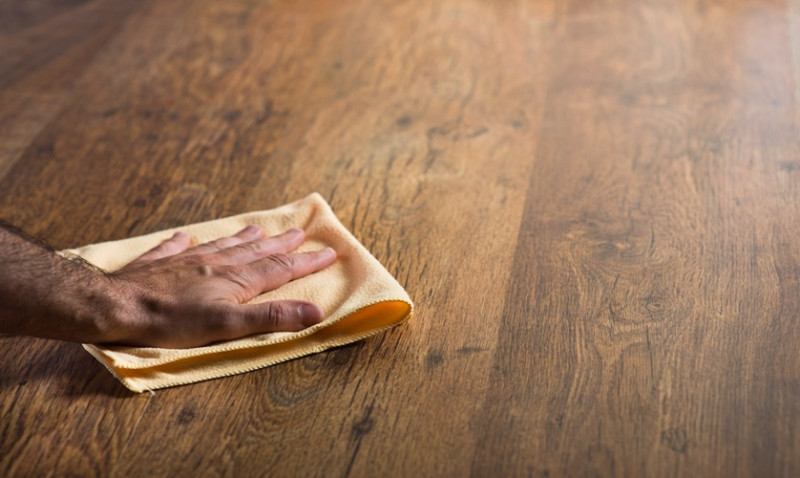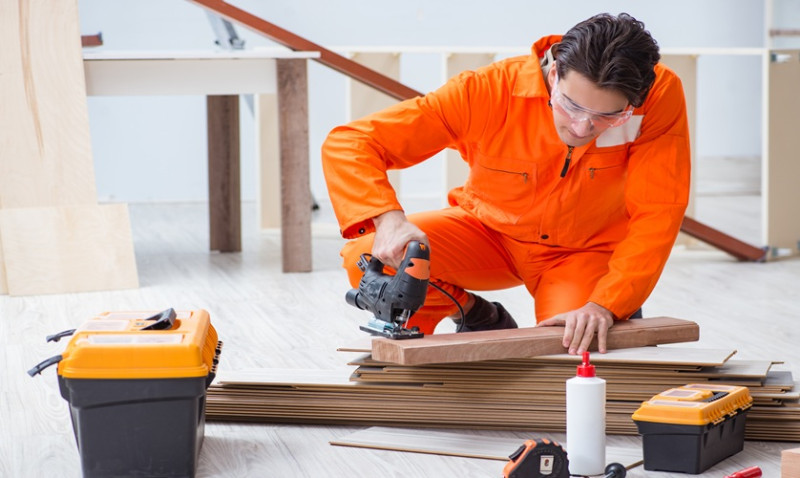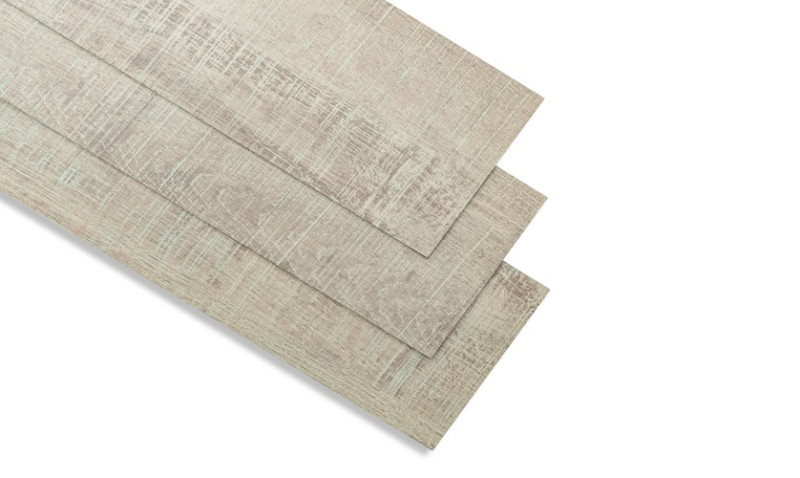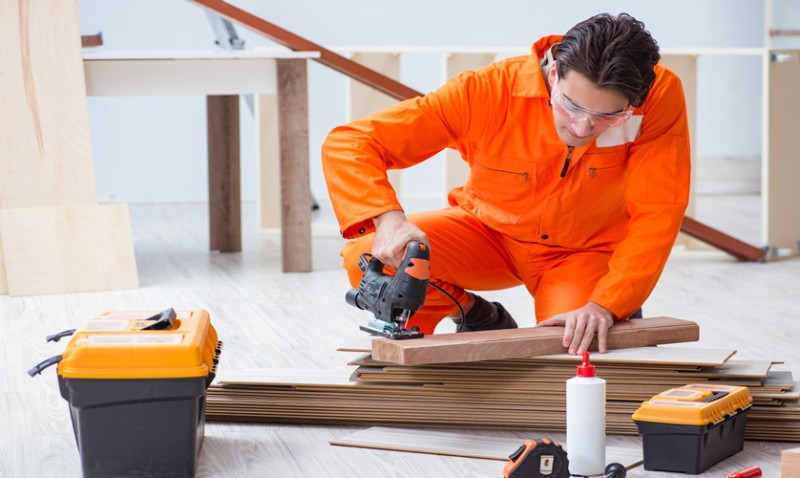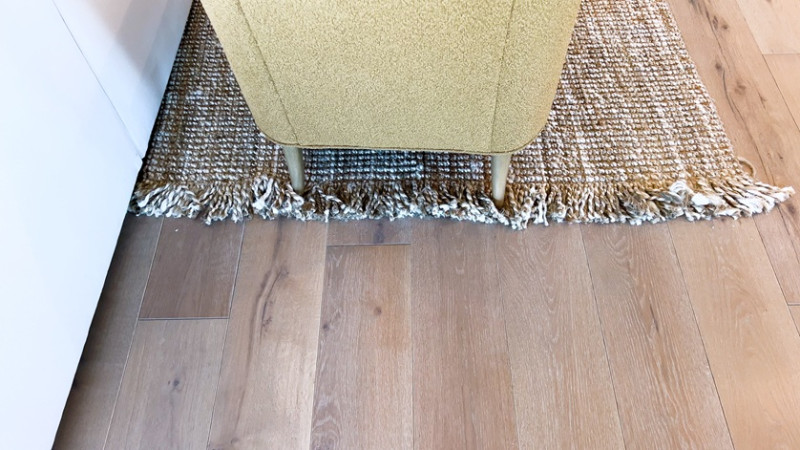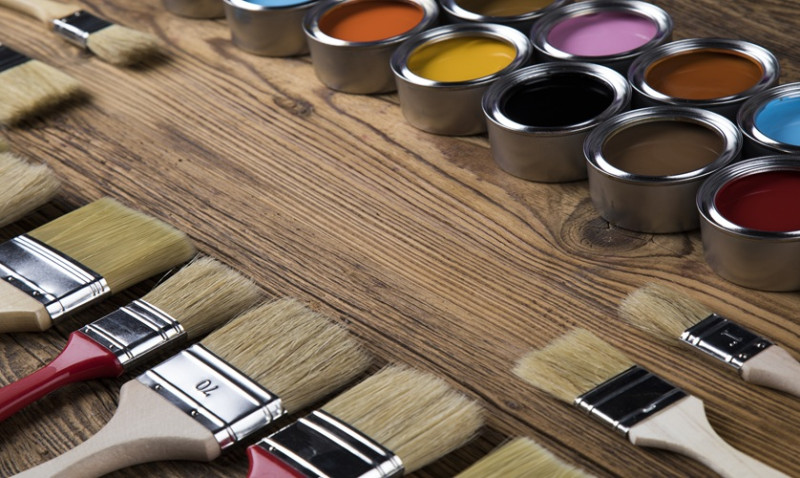
There’s something undeniably charming about parquet flooring. Whether it’s the classic herringbone pattern or the more intricate Versailles design, these wooden masterpieces have graced British homes and buildings for centuries. But like any vintage classic, time and wear can dull its beauty. That’s where parquet floor restoration steps in — an artful process that can breathe new life into tired floors, transforming them from worn to wow!
Why Choose Parquet Restoration Over Replacement?
Parquet floors are typically crafted from high-quality hardwood such as oak, maple, or walnut. Instead of tearing them out and replacing them with modern materials that might lack the same longevity or character, restoration allows you to preserve the original craftsmanship and materials while saving money in the long run.
Restoration also contributes to sustainability. By reusing your existing floor, you reduce the environmental impact compared to manufacturing and transporting new flooring. Plus, preserving parquet adds character that simply can't be replicated with today's off-the-shelf alternatives.
For designers, architects, and homeowners in the UK alike, restored parquet instantly elevates the space, making it feel grounded in history but renewed in style. Whether you're working on a Victorian townhouse in Manchester or a newly converted London loft, parquet floor renovation is a substantial value-add.
What Does the Restoration Process Involve?
Restoring parquet floors is an intricate process that requires precision, care, and a strong understanding of wood’s structural behaviors. While some DIY enthusiasts may choose to tackle this as a weekend project, many opt for the expertise of a professional tradesperson to achieve flawless results.
The basic steps include:
- Assessment & Preparation: Each restoration begins with a detailed inspection. Loose blocks are identified, damaged tiles are marked, and any underlying structural or moisture issues are corrected.
- Repair: Damaged tiles are carefully lifted and replaced with matching wood, often salvaged from reclaimed sources to ensure an authentic look.
- Sanding: Using industrial-grade sanding machines, the floors are leveled, smoothed, and stripped of old finishes to reveal the fresh timber beneath. This is followed by finer sanding to achieve a silky texture.
- Finishing: Finally, finishes such as natural oils, lacquers, or waxes are applied to protect the wood and enhance its grain and color. The type of finish is chosen based on the room usage, desired aesthetic, and maintenance preferences.
Some homeowners may choose to stain the parquet to match modern interiors or create contrast with furniture and fittings. Others prefer to retain the natural hue of the wood for timeless elegance.
Common Parquet Patterns and What They Say About Your Interiors
Whether you're an interior designer planning a renovation or a DIYer exploring styles, understanding parquet patterns can help you achieve an intentional look. Here's a breakdown of some classic styles:
| Pattern Name | Description | Best for |
|---|---|---|
| Herringbone | Rectangular wood blocks arranged in a zigzag pattern. | Classic British homes, hallways, and modern living rooms. |
| Chevron | Blocks cut diagonally and aligned to form 'V' shapes. | Contemporary spaces seeking a more seamless look. |
| Basketweave | Square tiles in block formations, alternating directions. | Period properties and traditional settings. |
| Versailles | Intricate interwoven wood tiles, originally from French palaces. | Luxury interiors, grand hallways, and heritage restorations. |
Reviving these patterns through restoration not only respects the original craftsmanship, but allows them to shine in new ways within modern homes.
Restored Parquet in Modern Design: A Stylish Contrast
One of the most compelling aspects of a restored parquet floor is its ability to contrast and complement contemporary interiors. The timeless richness of wood textures against minimalist walls, metal fixtures, or modern furniture can result in a space that feels both curated and inviting.
Young professionals in urban flats are beginning to embrace this blend—using mid-century modern or industrial design elements alongside classic parquet patterns. This juxtaposition creates a unique identity for the home that tells a story—old meets new, craft meets cutting-edge.
For architects working on adaptive reuse projects or home extensions, keeping the heritage parquet intact allows for purposeful storytelling through design, helping new spatial narratives connect with the past.
DIY Tips vs. When to Call the Pros
Restoring parquet can be a rewarding DIY project, especially for handy homeowners who enjoy getting their hands dirty. However, it isn’t without challenges. Parquet floors are more complex than straight plank hardwood due to their pattern alignment and the need for meticulous attention to detail during repairs.
If you’re simply polishing the surface or re-oiling the floor, you might find it manageable as a weekend project. But if your floor has loose tiles, heavy staining, uneven levels, or requires full sanding, it’s often best left to the professionals. Incorrect sanding techniques (like going against the grain or oversanding) can permanently damage the floor or wood blocks.
Professional restorers also tend to have access to specialist materials and high-quality finishes not always available at retail stores. Their machinery is more advanced, leading to better dust collection, smoother surfaces, and longer-lasting restorations.
Real Homes, Real Results: Inspiring Case Studies
Let’s look at two inspiring parquet transformations from the UK:
- A Georgian Terrace in Bristol: The homeowner uncovered hidden parquet under old carpeting, faded and warped from decades of neglect. After professional repair and staining to a rich walnut finish, the once-forgotten floor became the focal point of the property’s living space.
- A Modern Loft in East London: Original herringbone patterns were brought back to life using eco-friendly oils. In a setting with exposed brick and industrial lighting, the restored floors balanced warmth and sophistication.
These examples show how restoration isn’t just a repair — it’s a design decision with powerful visual and emotional payoff.
Maintaining Your Restored Parquet Floor
Once your parquet has been lovingly restored, maintaining its appearance becomes key to preserving its beauty for decades to come. Luckily, with proper care, parquet floors are highly durable and only get better with age.
Here are some maintenance tips:
- Routine Cleaning: Use a soft broom or vacuum with a parquet-friendly attachment to avoid scratching.
- Mopping: Lightly damp mop using wood-safe cleaning solutions. Never soak the floor; excess moisture can penetrate between blocks and cause lifting or warping.
- Protective Pads: Place felt pads under furniture legs to avoid denting or scratching the surface.
- Re-oiling or Lacquering: Depending on foot traffic, reapply finishes every few years to maintain luster and protection.
With just a bit of care, your restored parquet floor can serve as both heritage feature and functional surface for years to come.
The Final Word: A Transformation Worth Every Effort
Restoring a parquet floor is more than a renovation task — it’s a revival of history. For designers, DIYers, and homeowners across the UK, it’s the ultimate blend of tradition and innovation. Whether you're updating a vintage flat, creating a warm ambiance in a new build, or preserving architectural integrity in a listed property, parquet restoration offers both beauty and substance.
Ready for your own epic transformation? Your timeless floor is waiting beneath your feet — all it needs is a little vision (and maybe some wood filler).
